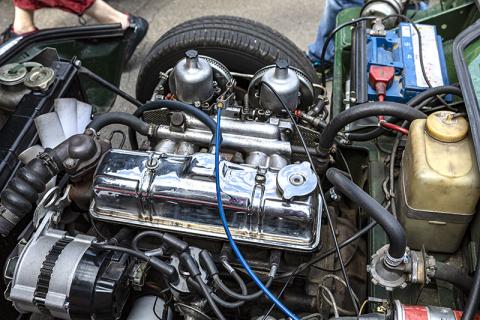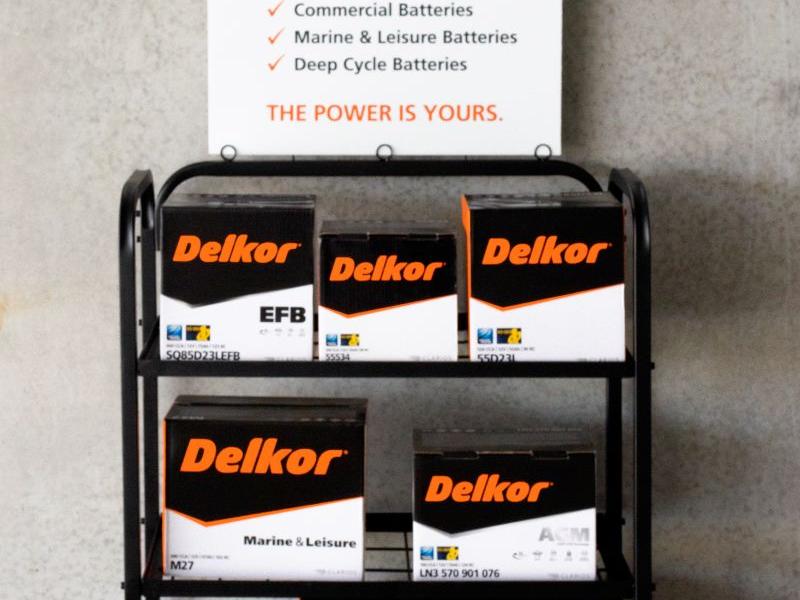No matter what the machinery or activity some people will strive to lift the performance and the automotive world is no stranger to that – we are pretty sure as soon as there were two cars someone would have had a race!
The editor grew up in simpler times when adding performance was primarily a bolt-on job, add an extra or bigger carburettor, bolt on some exhaust extractors, a modified camshaft or cylinder head and the job was pretty much done – at least for the boy racers of the day! Same with the suspension – cut the springs, add some wider wheels and tyres and you were set to go with minimal safety standards or checks.
Nowaday’s standard new cars have significantly more “performance’ than the ‘performance’ cars of the 70’s and 80’s and gaining performance has moved more to bigger and better turbochargers, chip upgrades and engine mapping although extractors, cylinder heads and camshafts still get a look in at higher tuning states. Thankfully most tuners will also focus on more holistic upgrades with suspension and braking improvements to match the engine upgrades – often an afterthought in the good old days!
One thing that has not changed so much though is the engine swap – its still hard to beat the old ‘you can’t beat cubic inches’ motto! There is also a ready supply of more powerful engine from models at the top of a range and much better availability whether that is imported used engines from Japan or the vast array of new USA crate engines in almost any size and power output the heart could desire.
LVVTA certification at least means that the conversions have to be professional with matching suspension and braking upgrades – again unlike in the 70’s when you could drop a Buick V8 in a Mark 1 Cortina with otherwise standard running gear and it was totally legal even if a bit unwise (and yes, a friend built one like that!).
1: Chevrolet Crate Engine – 632 cubic inches and 1,004 horsepower.
2: Performance in the good old days – twin SU’s.
3: Performance today – bigger turbocharger.







